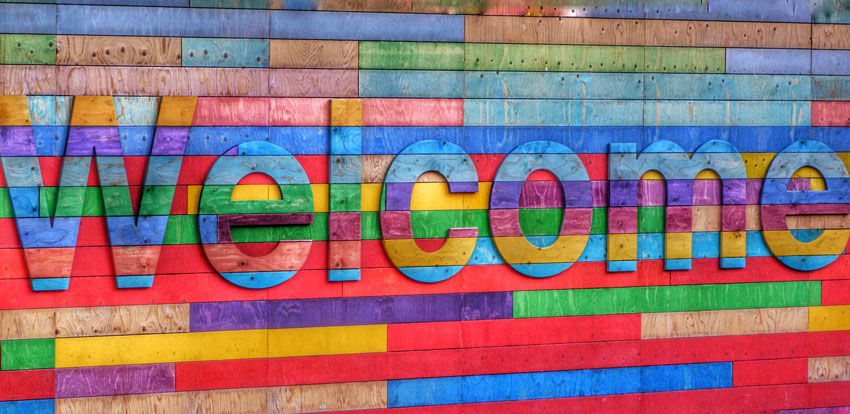
Promoting diversity and equality in the workplace is important. It’s the right thing to do, and it’s also the best thing to do. Your customer base is diverse, so your employee base should be equally diverse. Otherwise, how can you create authentic customer experiences?
It’s not a big surprise then, that diverse organizations perform better than their non-diverse peers. Or that business leaders around the world are putting diversity firmly on the agenda. And to make sure it’s given priority, they’re setting diversity targets.
Which is where things tend to fall apart.
Diversity targets can quickly turn valuable employees into numbers, with HR teams setting quotas at the hiring stage. This becomes a problem when it is the sum total of your diversity strategy. Simply hiring more diverse people is not a good strategy. You also need to keep them. And to do that, you need to focus on inclusion.
Johnny C. Taylor, Jr., SHRM-SCP, president and chief executive officer of the Society for Human Resource Management (SHRM) put it well when he explained that “We often forget the ‘I’ in the D&I conversation. The challenge is in having a culture where all employees feel included. It’s a major investment to bring talent into your organization, so why bring them in if they’re not happy when they get here? You’ve got to get the inclusion part right.”
Creating an inclusive workplace is the only way to hang on to great diverse hires.
SHRM lists 8 steps in an inclusivity checklist that will help you create an inclusive environment:
- Make sure company leaders understand that inclusion is about ensuring that everyone’s voice is heard, opinions are considered and value to the team is evident.
- Train managers—and hold them accountable—to show that inclusivity is a core competency.
- Form an inclusion council with genuine influence and power.
- Value differences and create an environment where people can feel comfortable bringing their “full selves” to work.
- Identify underrepresented groups’ needs and give them necessary support and resources.
- Provide workers with a safe space to voice their concerns.
- Benchmark key aspects of your organization’s culture—and understand the employee experience—before making changes to promote inclusivity.
- Remember that daily interactions are the most telling sign of whether or not your company has an inclusive culture.
Focus on inclusion and diversity will come
Creating an inclusive environment is not only the best way to retain diverse employees, it’s also a great way to attract the best diverse hires.
If you build it, they will come.
To learn more about how the vi D&I platform can help you create an inclusive workplace and stop diverse hires from falling through the cracks, visit our website.